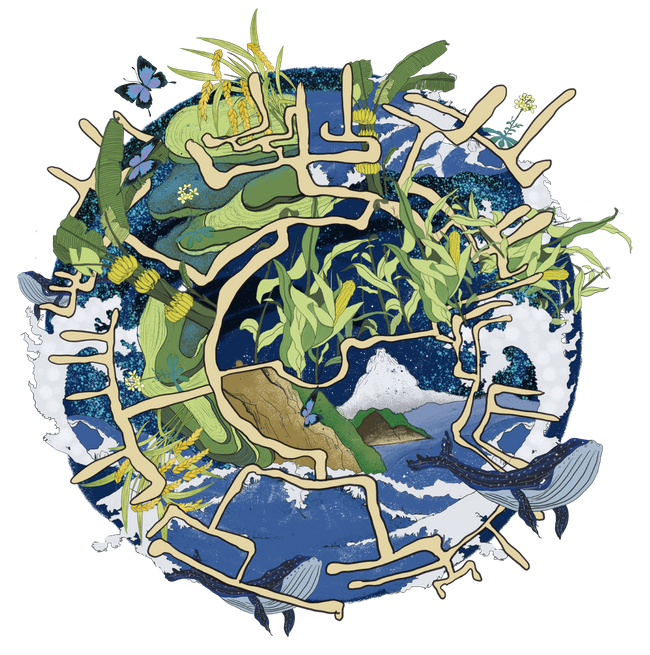Science with Impact Article Collection

Impact is considered based on scientific significance, public interest, and real-world applications of research. Content published throughout the journals’ lifetimes is included, demonstrating how the journals have developed over the years, and illustrating wider scientific progress within diverse fields. Each article is accompanied by an introduction, written by the article’s author or by another knowledgeable individual, which contextualises the work and explains its scientific significance.
To produce the collection, article longlists were generated based on citation patterns and Altmetric data. Citations during the years after publication and in the present day were analysed in order to effectively represent both immediate and long-term impact. Altmetric data included media and social media attention, and mentions in policy documents and patents. SEB Editorial Office staff refined the longlists in association with journal Editors- in-Chief, SEB section chairs, and other respected names from various fields.
Of particular interest at this refinement stage were reports on major scientific or methodological breakthroughs, for example Benson and Calvin’s seminal work describing the carbon fixation pathway in photosynthesis (Benson & Calvin, 1950, Journal of Experimental Botany); and development of the floral-dip method for Agrobacterium-mediated plant transformation (Clough & Bent, 2008, The Plant Journal), which greatly simplified the transformation process and which consequently remains a widely-employed technique. Also included in the collection are articles defining and shaping their research field, such as Cooke et. al.’s perspective which poses one hundred research questions for generating actionable evidence to inform conservation policy and practice (Cooke et. al. 2021, Conservation Physiology); and the Plant Science Research Network’s report on recommendations for improving equity, diversity and inclusion in the plant sciences and beyond (Henkhaus et. al. 2022, Plant Direct). Another key criterion for inclusion was research relevant to combatting major global challenges such as climate change, biodiversity loss, food insecurity, and human health. For example, to combat vitamin-A deficiency, a major global health concern, Paul et. al. (2016, Plant Biotechnology Journal) developed a method for producing ‘Golden bananas’ with elevated fruit provitamin-A content using Agrobacterium-mediated genetic transformation. In the conservation area, Womersley et. al. (2021, Conservation Physiology) provides new insights on whale sharks’ abilities to heal human-induced wounds and discusses the conservation implications of this work. By featuring articles such as these, this collection, as with the Centenary celebrations as a whole, looks to the future and to the technological advancements, emerging fields, and global issues which present fresh avenues for exploration and scientific impact.
Collection edited by Bridget O’Boyle, with thanks to the SEB editorial office team, especially to Mike Page and David Mansley. Thanks also to Tracy Lawson, journal Editors in Chief, and to all others who contributed to organising the collection and who provided article introductions.
